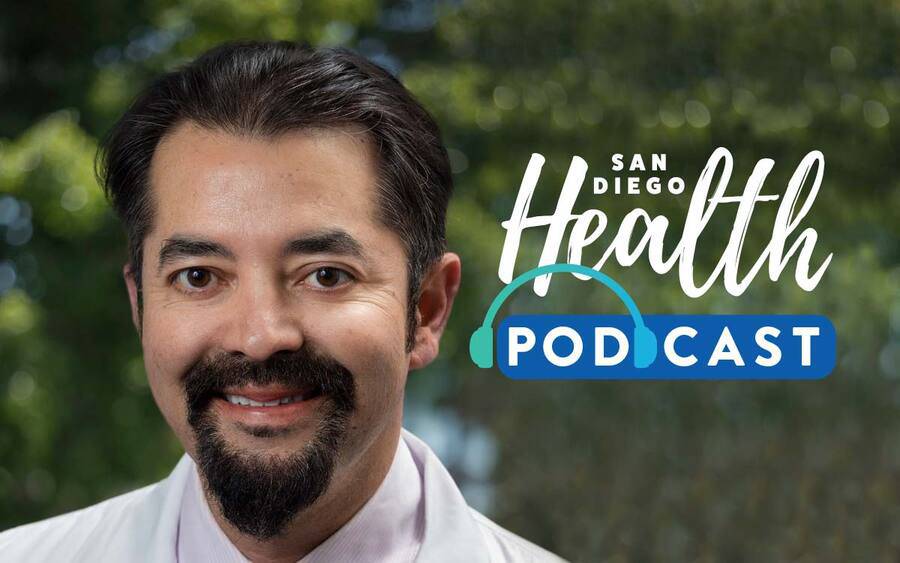What Causes Liver Disease? (podcast)
Hepatitis, alcohol use, extra fat can cause liver disease

Dr. Julio Gutierrez, Hepatology, Liver Transplant, Scripps Clinic
Hepatitis, alcohol use, extra fat can cause liver disease
The liver is one of the largest organs in the human body and is responsible for a number of vital functions. It helps the body absorb nutrients, produces essential proteins, and supports immune function. Keeping your liver in good condition is critical to your health.
There are a few telltale signs that your liver is not functioning normally, but in many people, liver disease has no symptoms. That’s why it’s so important to have regular check-ins with your primary care physician.
In this episode of San Diego Health, host Susan Taylor and guest Julio Gutierrez, MD, a hepatologist and liver transplant specialist at Scripps Clinic Torrey Pines, discuss what can happen if the liver becomes diseased, whether from weight gain, alcohol use, or hepatitis.
Dr. Gutierrez also outlines the tests health care providers use to check for liver disease and how to help safeguard your liver health for years to come. Medical advances in recent years have made some forms of liver disease treatable, and in certain cases, even curable.
Listen to the episode on causes and symptoms of liver disease
Listen to the episode on causes and symptoms of liver disease
Podcast highlights
Watch the video on how liver disease occurs
Watch the San Diego Health video with host Susan Taylor and Dr. Gutierrez discussing how liver disease occurs.